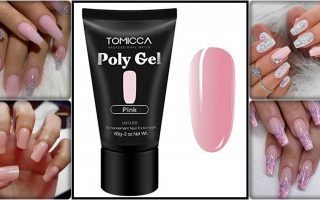
Paronychia- Nail infection Cuticle can develop when bacteria enter broken skin near the cuticle and nail fold, causing an infection. The cuticle is the skin at the base of the nail. The nail fold is where the skin and nail come together. The scientific name of this infection is paronychia. Paronychia is nail inflammation that may result from trauma, irritation, or infection. It can affect fingernails or toenails. Healthcare providers treat paronychia with antibiotics to kill the infection. Providers may also drain pus (a thick, infectious fluid that builds up around a wound). They may also culture the fluid to see what specific bacteria might be causing the infection.
Sometimes, the infection comes back or symptoms last for weeks (chronic paronychia). Chronic paronychia is more commonly caused by irritation from occupational or environmental exposures. Less often, it may be caused by a chronic bacterial or fungal infection.
Treating infected cuticle (paronychia) at home-
You may be able to treat mild cases of paronychia at home. Soak the infected area in warm water for about 15 minutes a few times a day. Be sure to dry the area thoroughly. Soaking the cuticle and nailbed helps pus drain from under the skin.
If symptoms don’t get better after a day or two of home remedies, see your provider. You may need other treatments, such as antibiotics, to clear up the infection and help you heal. You may also need minor procedures such as drainage if an abscess has formed.
Medical treatment-
When a bacterial infection causes acute paronychia, a doctor may recommend an antibiotic, such as dicloxacillin or clindamycin.
If a fungal infection causes chronic paronychia, a doctor will prescribe antifungal medication. These topical medications typically include clotrimazole or ketoconazole.
A doctor may also need to drain any pus from surrounding abscesses. To do this, they perform a procedure referred to as the incision and drainage method. They will provide a local anesthetic, then open the nail fold enough to insert gauze to help drain the pus.
Because many at-home remedies lack scientific support, it is best to consult a medical professional for guidance if you think you have paronychia or another type of toe or toenail infection.
- How To Strengthen your Thin Nails – NAIL HACKS for Strong Nails
- Coffin Halloween Nail Art Designs & Ideas Images for 2022
- Simple Halloween Nail Art Design & Ideas Pictures for 2022
So here is some special information related to infected cuticles, I hope you got to know a lot about treating infected cuticles and tips from them. what do you think about today’s blog, If you find this article helpful please don’t forget to share my post and follow me on Instagram for new updates.
Thank you and have a great healthy life.



